The country today is among the world's leading rice exporters, but there was a time when people had to eat rice mixed with corn, cassava, and millet to get by.
Before 1945, the Mekong Delta was a major rice export granary of Indochina. However, the majority of farmers still lived in poverty due to natural disasters and exploitation by the colonial regime.
The peak was the famine in 1945 which caused about 2 million of our people to die due to lack of food.
Immediately after the August Revolution, the young government launched the "rice jar to relieve hunger" movement to share and help people overcome the severe famine.
The 30 years of continuous war exhausted agricultural production. In the early stages of peace , food shortages still existed. Mixed rice with corn is an unforgettable memory for many Vietnamese people of the previous generation.
According to 1980 data, the average rice output per capita in our country was only about 268kg, not enough to eat, forcing Vietnam to import more than 1.3 million tons of food.
In particular, in 1987, consecutive natural disasters caused rice production to drop to 17.5 million tons, causing the country to lack 1 million tons of food, but foreign currency was exhausted so only 440,000 tons could be imported.
The historical turning point came from Doi Moi 1986, when the Party and the State advocated the abolition of the subsidy mechanism. In particular, Resolution 10 of 1988 (also known as Contract 10) "unleashed" agriculture by allocating land and the right to decide on production to farming households.
In just two years 1988-1989, each year the country's rice output increased by about 2 million tons compared to the previous year.
Before the renovation period, the average food output was only 13-14 million tons/year, but by 1989 it had jumped to more than 21 million tons.
Vietnam quickly escaped the food crisis, ending the decades of having to eat mixed rice.
In 1989, just when we had enough to eat, our country exported nearly 1.37 million tons of rice again, earning more than 310 million USD.
The fact that "right after ending hunger, more than a million tons of rice were exported" proves the huge production potential of Vietnamese agriculture.
From this milestone, Vietnamese rice began to flow strongly into the international market after decades of interruption due to war and shortage.
That achievement, under the leadership of the Party and the State's policies, has great contributions from the team of scientists who have created breakthroughs in agricultural science and technology - the key factor in improving the productivity and quality of rice grains.
In 1971, while his career was on the rise at the International Rice Research Institute (IRRI) with a salary of thousands of dollars per month and a modern working environment, Professor Vo Tong Xuan packed his bags and returned to Vietnam with a lower salary, just because he wanted to train a team of agricultural engineers for his homeland, at the invitation of the President of Can Tho University.
Immediately, Professor Xuan and his colleagues started the fight against brown planthoppers, a dangerous insect that destroys crops.
He brought many new rice varieties from the International Rice Research Institute (IRRI) to the Mekong Delta, but at first the IR26 and IR30 varieties were still damaged by brown planthoppers. Undaunted, he contacted IRRI to request more planthopper-resistant varieties.
In 1977, he discovered the IR36 variety, which was extremely resistant to brown planthoppers, and quickly expanded it after just one rice crop.
To do that, Professor Vo Tong Xuan proposed the initiative of "closing schools, opening fields". He temporarily stopped teaching for two months and sent agricultural students to the areas where the rice planthoppers were found to help farmers save the rice.
Thanks to these efforts, the brown planthopper epidemic was suppressed, and high-yield rice varieties resistant to planthoppers such as IR36 quickly covered the fields in the West, erasing farmers' worries about crop failure.
Not stopping at fighting the epidemic, Professor Xuan also pioneered in changing farming practices to increase rice productivity. He encouraged farmers to switch to short-term, short-term rice varieties, allowing 2-3 crops per year instead of the traditional 1 crop.
Thanks to intensive multi-cropping, total rice output per unit area has increased dramatically. He analyzed: Thailand grows fragrant rice 1-2 crops/year, each crop 4 tons/ha, while Vietnam grows 2-3 short-term rice crops, each crop 6 tons/ha, so a year can reach 15 tons/ha, twice as high as Thailand.
Thanks to the strategy of focusing on short-term and intensive varieties, Vietnam has quickly caught up and surpassed in terms of output.
Rice output increased from 11.6 million tons (1980) to 19.2 million tons (1990); by 2000 it had exceeded 32 million tons and in 2002 it reached 34.4 million tons, nearly three times higher than after two decades.
From a place of constant hunger, Vietnam not only became self-sufficient in food but also regularly exported 3-4 million tons of rice per year, rising to second place in the world in rice exports in the late 1990s.
Entering the 2000s, when the quantity problem was basically solved, the new problem was to improve productivity and economic efficiency on the same area.
At this time, rice hybridization technology has advanced significantly, especially F1 hybrid rice which has a yield 20-30% higher than pure rice.
China has been a leader in hybrid rice since the 1970s. In Vietnam, scientists are also eagerly embarking on the “hybrid rice revolution” to create rice varieties with superior yields, adapted to our country’s conditions.
Prominent among them is Associate Professor Dr. Nguyen Thi Tram (born in 1944), a female scientist known as "the pioneer of hybrid rice in Vietnam".
Having devoted her whole life to rice since she was a student until she became a lecturer at the University of Agriculture I (now Vietnam Academy of Agriculture), Ms. Tram has diligently researched hybridization and created many new hybrid rice lines with the symbols TH and NN.
In June 2008, she surprised the agricultural science community when she transferred the copyright of the TH3-3 hybrid rice variety to a plant seed company for 10 billion VND (a record at that time).
This is the first time a "Make in Vietnam" rice variety has been priced so highly commercially, setting a precedent for systematically applying scientific research results into production practices.
TH3-3 rice variety is considered the “beauty queen” among the “children” bred by Associate Professor Nguyen Thi Tram. It has many valuable advantages: short growing period (105-125 days/crop), high yield of 7-8 tons/ha, superior to normal varieties, white rice grains, fragrant and sticky when cooked.
TH3-3 rice plant is semi-dwarf, has a hard stem so it is resistant to lodging and many major diseases such as blast, brown spot, leaf blight, etc.
In particular, because it is produced domestically, the price of TH3-3 seeds is cheaper than imported seeds, suitable for farmers' budget.
Thanks to these advantages, TH3-3 was quickly widely accepted by farmers, and in a short time, it accounted for 60% of the hybrid rice area nationwide.
For the first time, a hybrid rice variety created by Vietnamese people has dominated the fields from the northern mountains to the plains and Central Highlands, bringing bumper harvests to tens of thousands of farming households.
The event of selling the copyright of rice varieties for 10 billion VND also proves that agricultural scientific research has real material value and can attract investment from enterprises. This is a great spiritual boost, encouraging agricultural scientists to continue to innovate for the benefit of farmers.
After TH3-3, Associate Professor Dr. Nguyen Thi Tram and her colleagues continued to crossbreed dozens of other hybrid rice varieties. These include TH3-4, TH3-5, TH3-7, TH6, or NN-9, NN-10, NN-23 lines... each variety has its own characteristics to meet each ecological region.
At the age of 72, the Associate Professor surprised everyone when he announced 4 new purebred rice varieties named “Huong Com”. These are short-term fragrant rice varieties, with much higher yields than traditional fragrant rice varieties, with long, clear and shiny rice grains, and fragrant, sticky rice with a rich flavor.
In particular, true to its name “Huong Com”, these rice varieties have a unique aroma: some give off the scent of pandan leaves, some have a faint scent of popcorn. Huong Com 1 and Huong Com 4 were quickly transferred to businesses to expand production at the end of 2016.
This success shows that Vietnamese scientists not only master the technology of creating high-yield hybrid rice, but can also select and create fragrant rice varieties with quality that can compete with imported rice.
As economic conditions developed, rice productivity increased. The need for “full stomach and warm clothes” gradually shifted to “delicious food and beautiful clothes”. KS Ho Quang Cua (born in 1953), a “farmer scientist” in Soc Trang, was concerned about the quality of Vietnamese rice.
He believes: if it is called fragrant rice, "it must be really fragrant, it must be really delicious".
Since then, KS Cua has nurtured a bold ambition: to crossbreed the most delicious Vietnamese fragrant rice variety in the world.
In 1991, as Deputy Head of the District Agriculture Department, he joined the research team of the Mekong Delta Rice Institute and Can Tho University to collect traditional fragrant rice varieties of Vietnam, Thailand, and Taiwan.
KS Cua discovered that the Khao Dawk Mali 105 variety (Thai Jasmine rice) is famous for its delicious taste but is sensitive to light (can only be grown for one crop).
Meanwhile, our farmers need short-term aromatic varieties that can be grown in multiple crops.
“More than 20 years ago, Thailand announced that it had successfully hybridized two photosensitive aromatic rice varieties. I wondered why they could do it and I couldn’t?”, KS Cua once said about his motivation to start.
From that concern, the Soc Trang fragrant rice research group was formed in the late 1990s, led by Engineer Ho Quang Cua, with the participation of colleagues.
During 1996-1999, the team collected thousands of local rice samples for screening.
Once, Mr. Cua accidentally saw some "mutant" rice bushes with purple stems and beautiful long, slender grains in the field. He was so happy that he brought them home to try planting and crossbreeding them.
In 2001, the group released the first fragrant rice variety ST3. Following that, a series of ST5, ST8, ST10... varieties were released in the period 2003-2007.
The "ST" varieties (abbreviation of Soc Trang) have gradually asserted their advantages: short plants, can be grown 2 crops/year, are salt tolerant (suitable for coastal areas), and have sticky, sweet, fragrant rice, so they are favored by both farmers and the market.
In particular, KS Cua focuses on crossbreeding and combining many superior characteristics from parent varieties. For example, ST20, ST21… are famous for their fragrant and sticky taste. Thanks to that, Soc Trang rice gradually has its own brand, competing with Thai fragrant rice in the domestic market.
The turning point came in 2008, when the group began to crossbreed two new rice varieties, ST24 and ST25, which were considered superior generations that crystallized all the advantages of the previous ST lines.
After nearly 8 years of tireless research, by 2016 the two varieties ST24 and ST25 were completed. But the biggest challenge for the research team at this time is not only the breeding technique, but also how to affirm the Vietnamese rice brand in the international arena.
The opportunity came when the 9th International Conference on Rice Trade was held in Macau (China) in 2017, which was also the first year that Vietnamese rice participated in the "World's Best Rice" contest organized by The Rice Trader.
ST24 rice of Ho Quang Cua group has made a big splash: with long, white grains, sticky rice, fragrant pandan leaves, and a short-term, high-yield variety. ST24 was honored by the jury in the Top 3 best rice in the world in 2017.
Immediately after that, ST24 also won the award for "Best Organic Fragrant Rice" at the 3rd Vietnam Rice Festival in 2018.
Not resting on his laurels, Engineer Ho Quang Cua continued to bring two "trump cards" ST24 and ST25 to compete at the 2019 World's Best Rice Competition in Manila (Philippines).
As a result, Vietnam's ST25 rice has surpassed Thai rice to win first prize in the 2019 World's Best Rice contest.
This is the first time Vietnamese rice has topped the global rice rankings, creating an "earthquake" in the rice industry.
The jury of international chefs was captivated by the ST25 rice's long, shiny grains, soft, sweet rice and distinctive natural aroma.
They evaluated that “ST25 rice has a comprehensive flavor and aroma, worthy of the title of World’s Best”. This victory has brought great pride, affirming that Vietnamese rice can completely compare with, and even surpass, Thai rice in quality.
After the glory of 2019, KS Cua still quietly and continuously improves. He said that breeding fragrant rice varieties is a long journey, requiring perseverance in “thinking differently, doing differently” for decades.
On November 30, 2023, at the 15th World Rice Conference in Cebu (Philippines), Ong Cua ST25 rice was once again honored as “World's Best Rice 2023”, for the second time since 2019. The repetition of this feat has firmly consolidated the position of Vietnamese fragrant rice in the international market.
Looking back, KS Cua’s 40-year journey of breeding “pearls” is a symbol of the desire to elevate Vietnamese rice. From quantity to quality, from “fullness” to “the best in the world”.
After many ups and downs, today Vietnam has become one of the rice powerhouses. From a place of food shortages, we now ensure food security for nearly 100 million people and export millions of tons of rice every year to all over the world.
According to the Ministry of Agriculture and Environment, Vietnam's average rice yield is currently among the highest in the world, increasing from 4.88 tons/ha in 2008 to 6.07 tons/ha in 2023.
Thanks to increased productivity and stable cultivated area (~7.2-7.5 million hectares), the country's rice output has continuously stood at around 43 million tons/year (2022 reached ~42.7 million tons).
Vietnamese rice is present in more than 150 countries and territories, from Asia, Africa to demanding markets such as Europe and America.
At the same time, 4.0 technology is being applied strongly in the fields. Large model fields linked with businesses help mechanize and apply advanced farming processes synchronously.
From land preparation, planting to care and harvesting, machines are gradually replacing human labor. A familiar image in many places today is “rice fields without human footprints”, farmers just stand on the shore and control drones to spread fertilizer and spray pesticides.
Drone technology makes farming work many times faster, saves costs and solves the rural labor shortage.
Smart irrigation systems, IoT sensors, smart fertilizers, new drought-resistant varieties, etc. are also being researched and applied to prepare for modern agriculture.
The picture of Vietnam's "three sectors" (agriculture, farmers, rural areas) is improving towards large-scale, safe and sustainable commodity production.
It can be said that from the rice used to save the famine of the past, Vietnamese rice has now become the rice of integration and prosperity. This achievement is the crystallization of the sweat and efforts of many generations of farmers who have worked hard under the sun and rain, along with the intelligence and dedication of scientists and the correctness of agricultural policies over time.
The position of the rice industry today is the result of continuous efforts through many generations of Vietnamese people.
Content: Thanh Binh, Minh Nhat
Design: Tuan Nghia
August 20, 2025 - 06:48
Source: https://dantri.com.vn/khoa-hoc/80-nam-cay-lua-viet-tu-nan-doi-1945-den-hat-gao-ngon-nhat-the-gioi-20250816132009491.htm


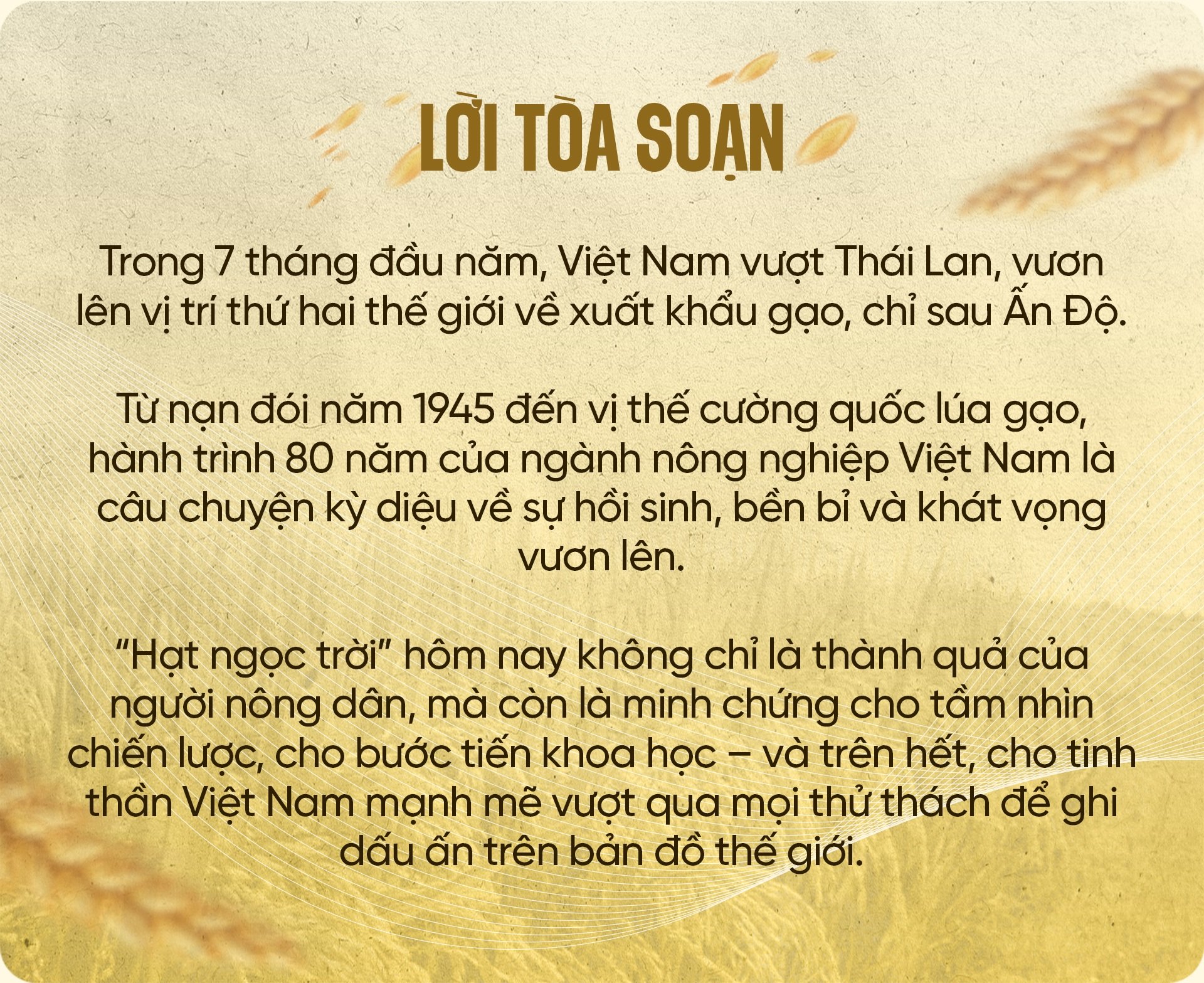

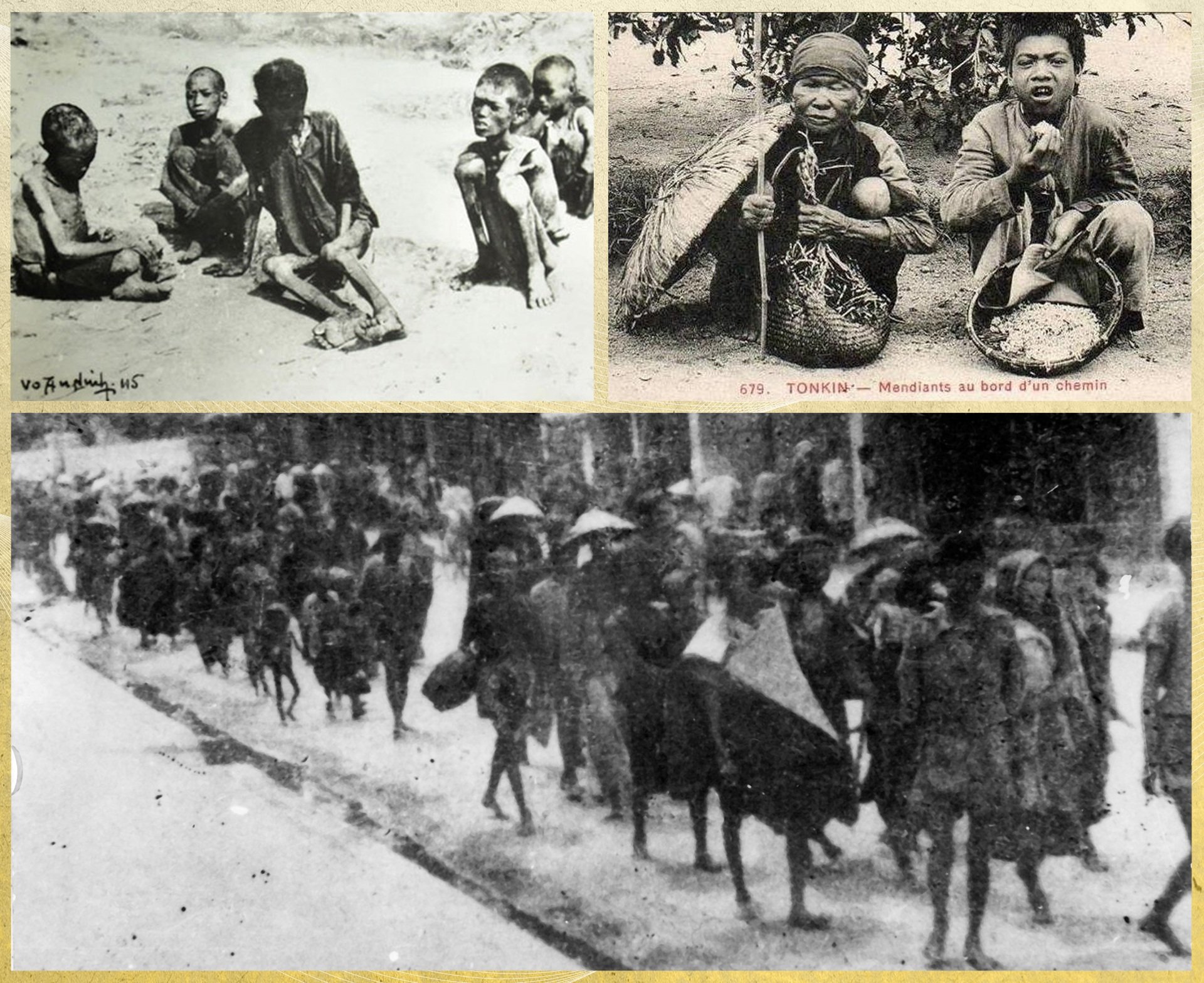

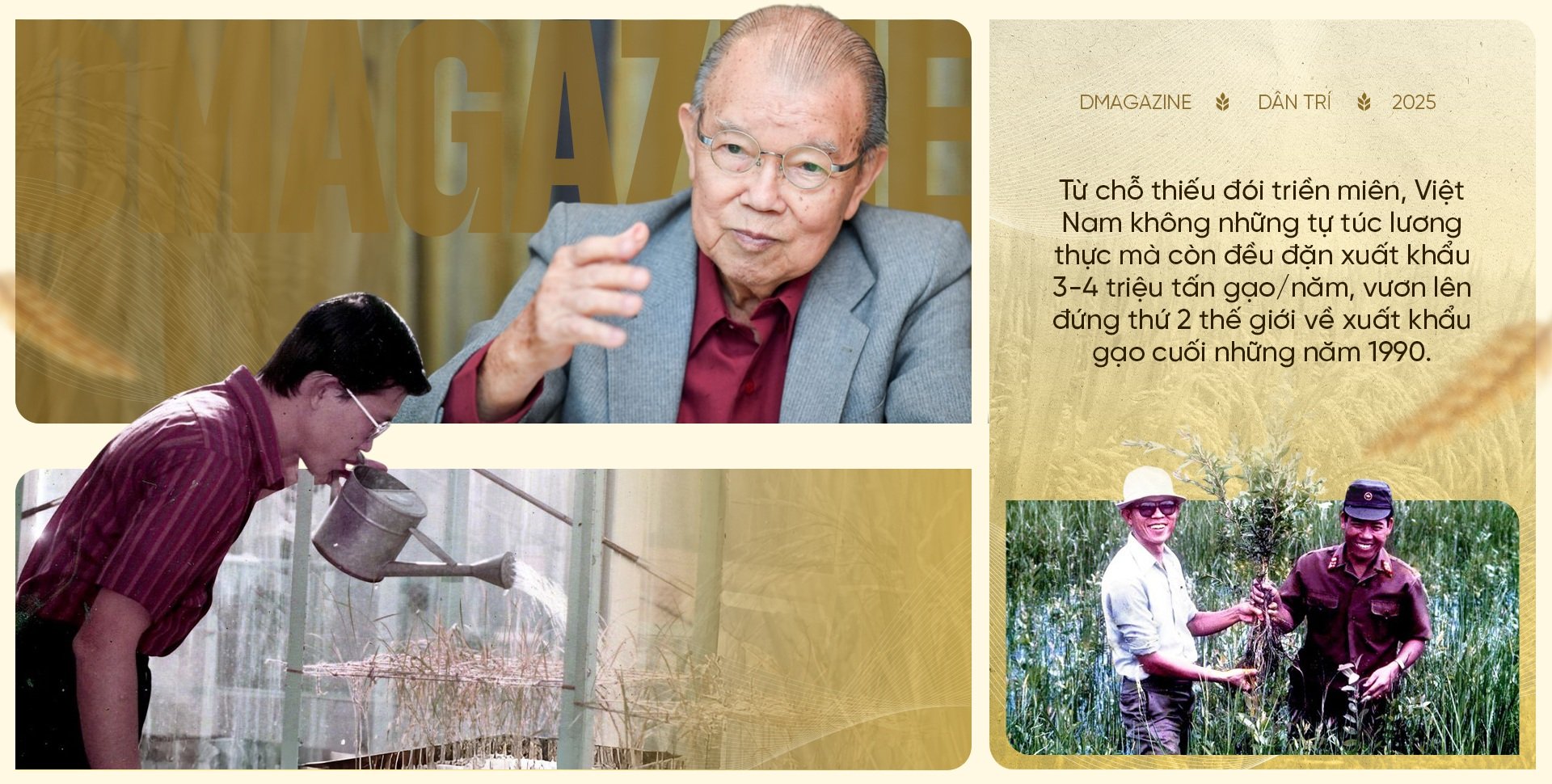

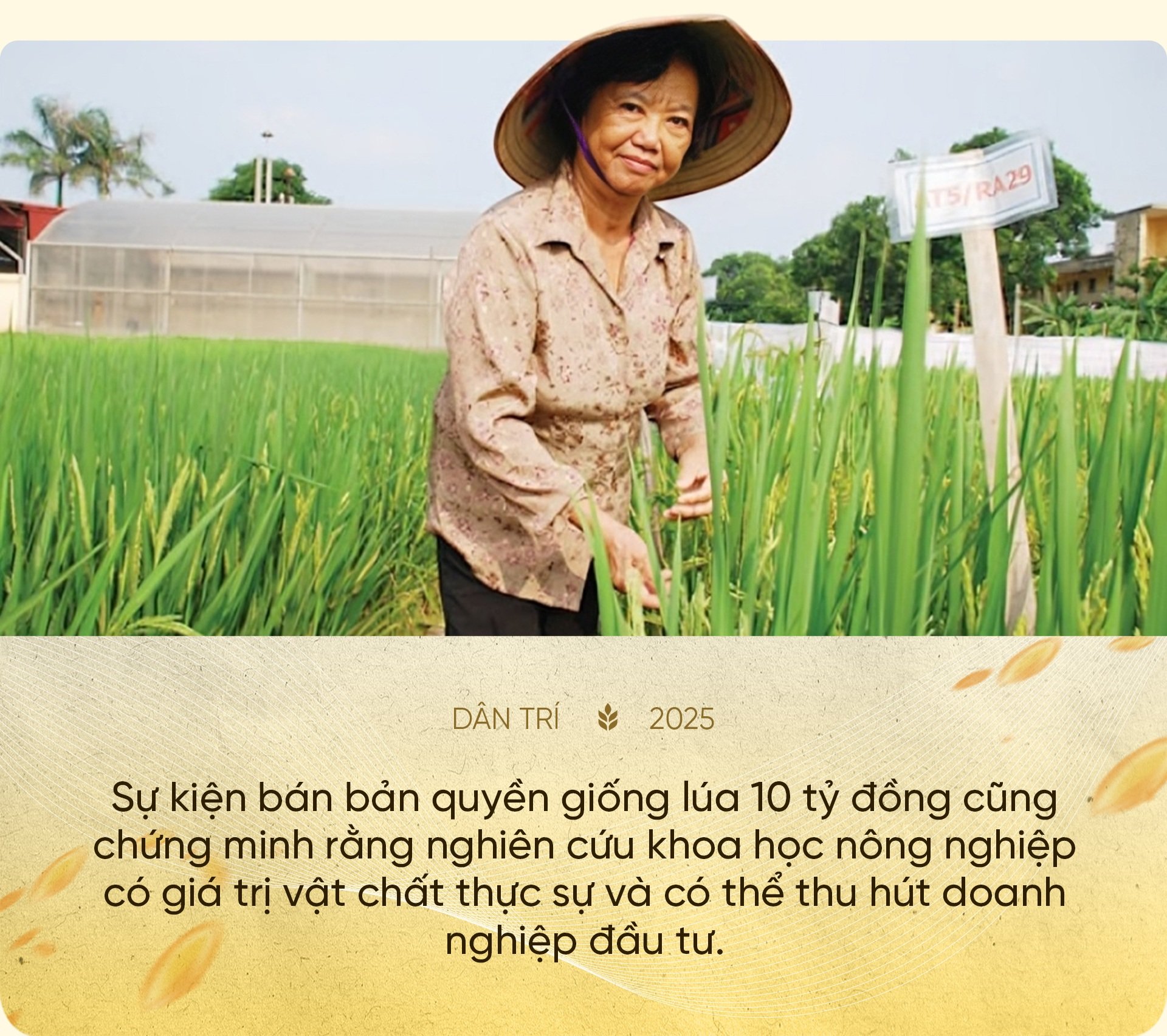

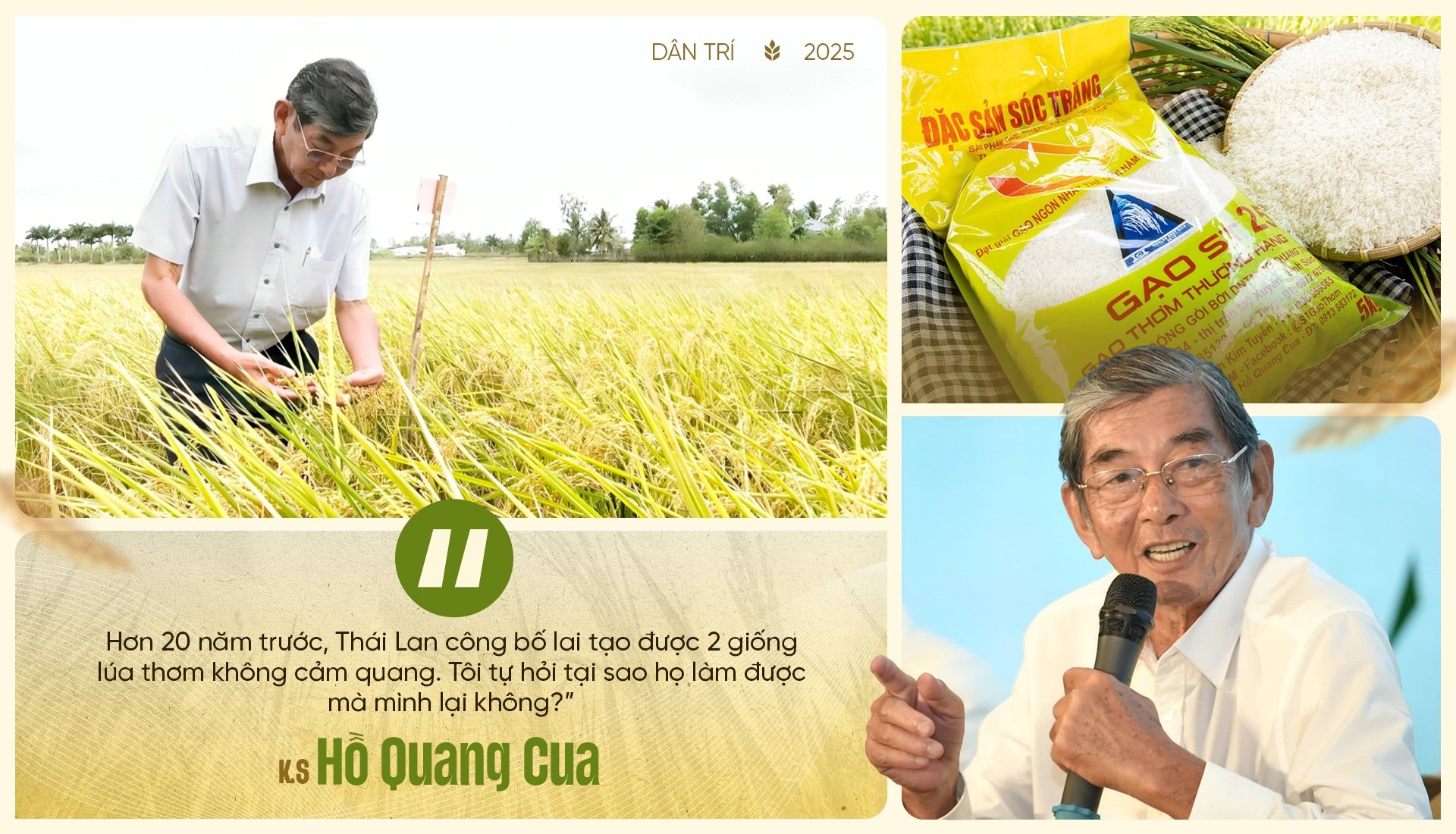
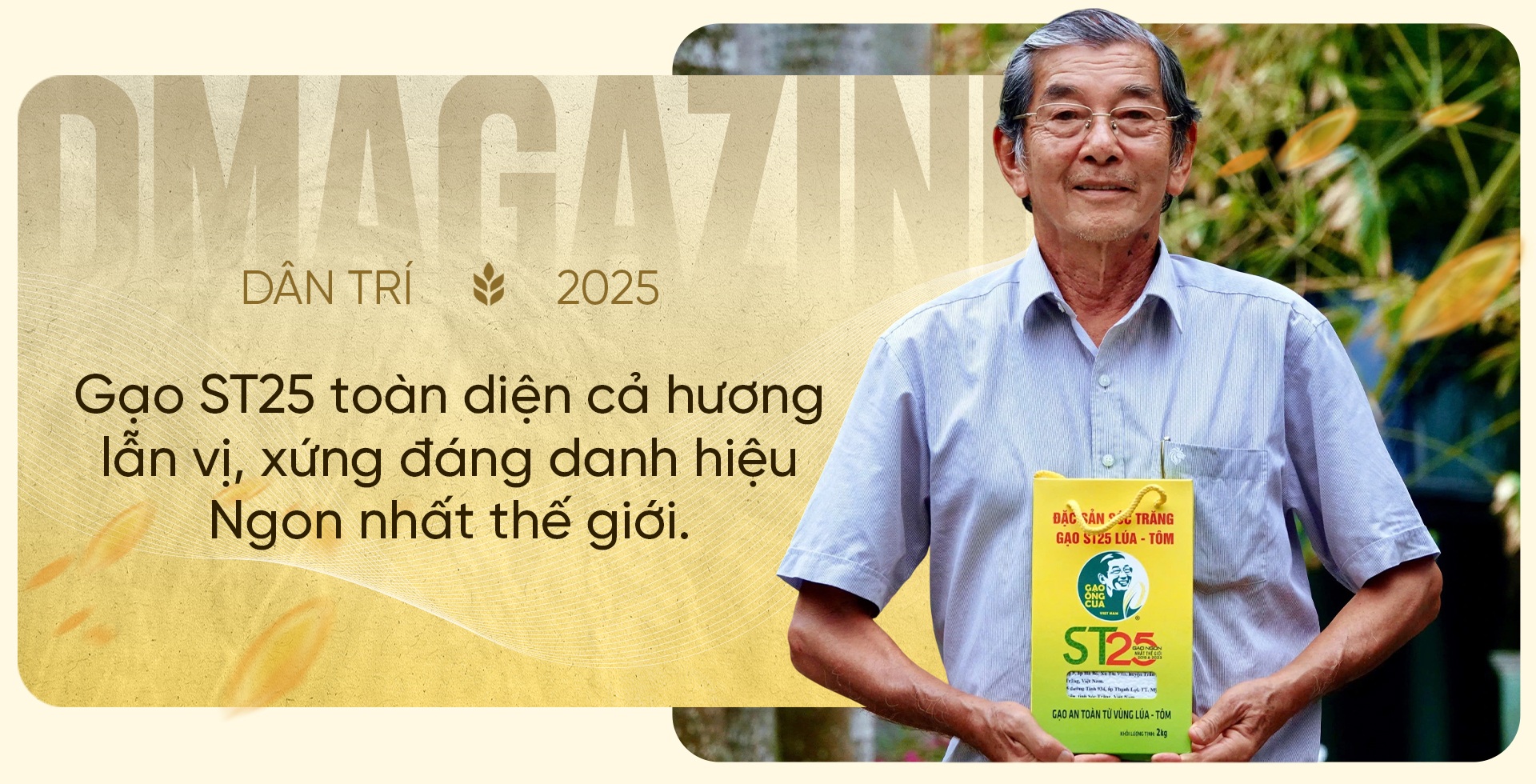
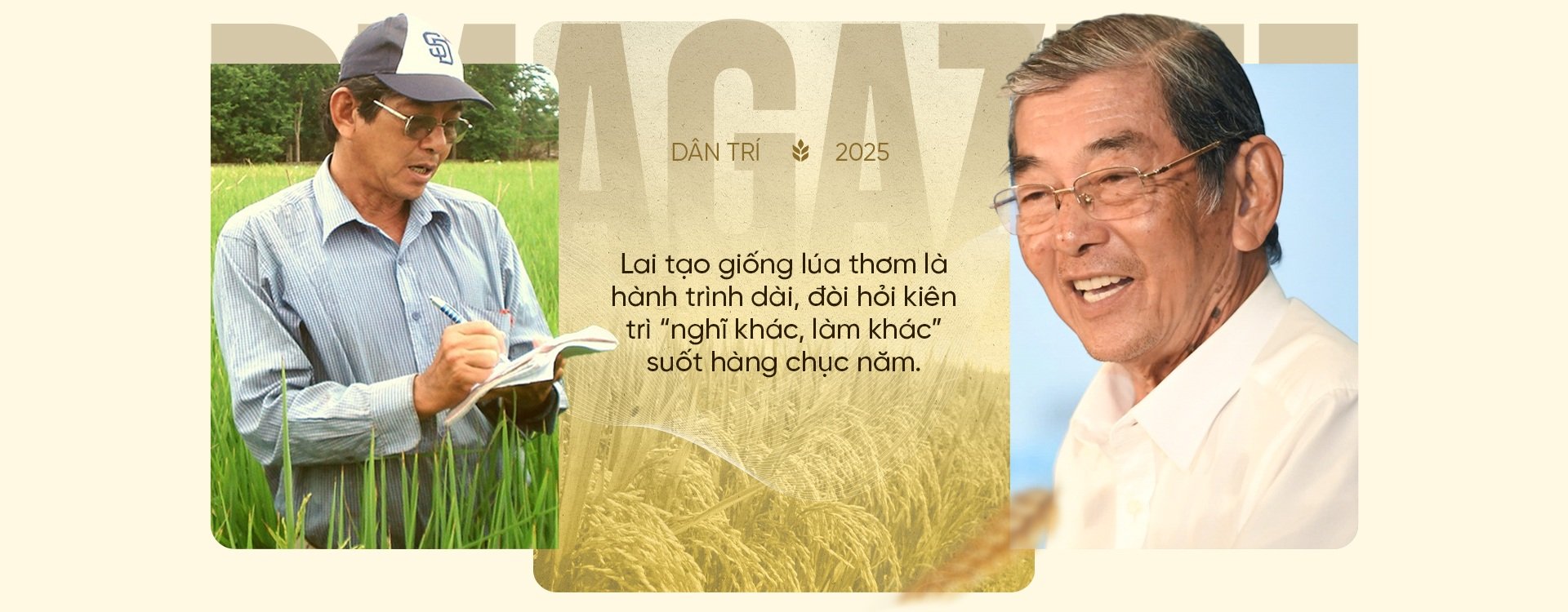

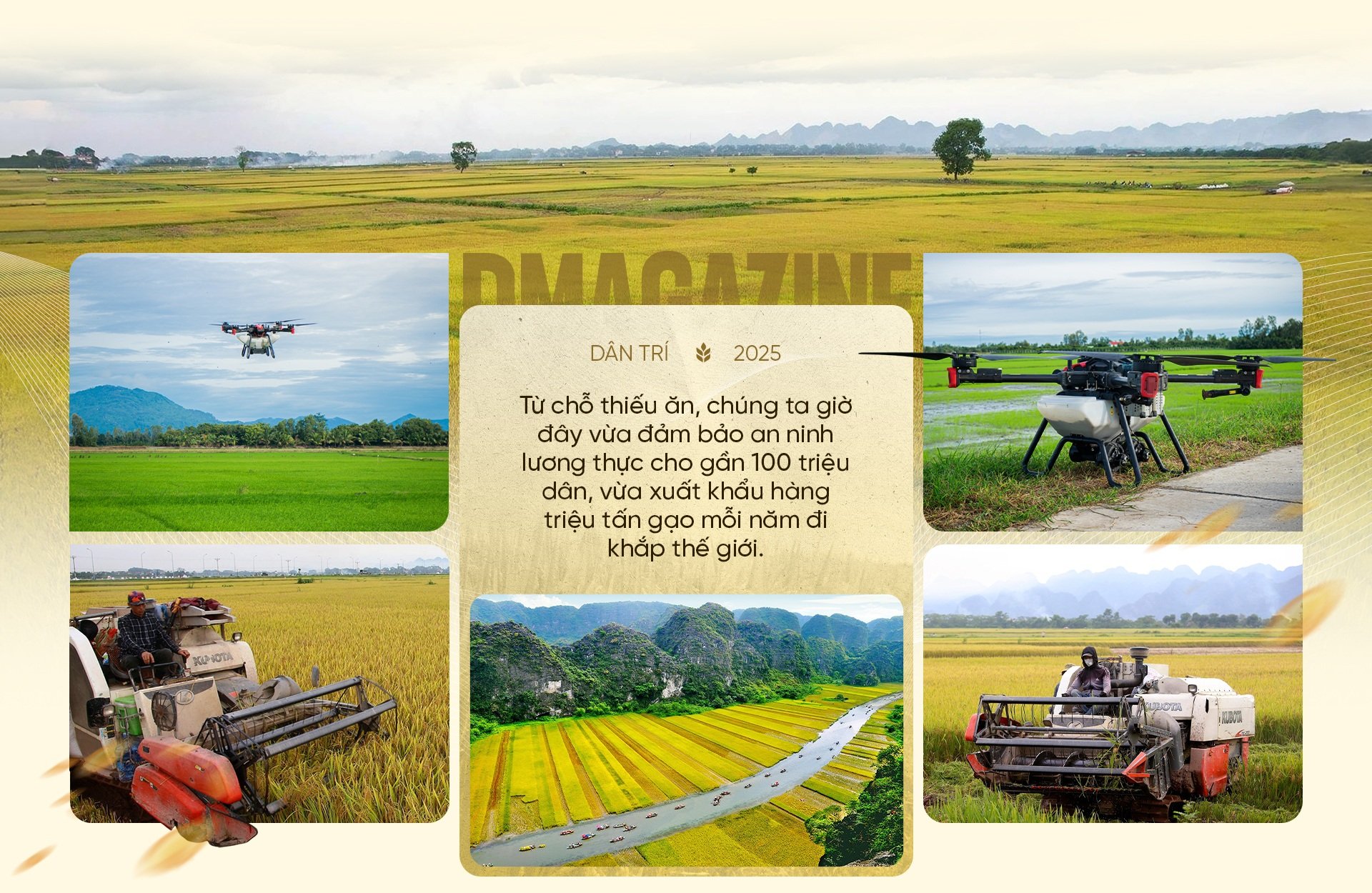

![[Photo] President Luong Cuong receives Speaker of the Korean National Assembly Woo Won Shik](/_next/image?url=https%3A%2F%2Fvphoto.vietnam.vn%2Fthumb%2F1200x675%2Fvietnam%2Fresource%2FIMAGE%2F2025%2F11%2F21%2F1763720046458_ndo_br_1-jpg.webp&w=3840&q=75)
![[Photo] Visit Hung Yen to admire the "wooden masterpiece" pagoda in the heart of the Northern Delta](/_next/image?url=https%3A%2F%2Fvphoto.vietnam.vn%2Fthumb%2F1200x675%2Fvietnam%2Fresource%2FIMAGE%2F2025%2F11%2F21%2F1763716446000_a1-bnd-8471-1769-jpg.webp&w=3840&q=75)
![[Photo] National Assembly Chairman Tran Thanh Man holds talks with President of the Senate of the Czech Republic Milos Vystrcil](/_next/image?url=https%3A%2F%2Fvphoto.vietnam.vn%2Fthumb%2F1200x675%2Fvietnam%2Fresource%2FIMAGE%2F2025%2F11%2F21%2F1763715853195_ndo_br_bnd-6440-jpg.webp&w=3840&q=75)

![[Photo] General Secretary To Lam receives President of the Senate of the Czech Republic Milos Vystrcil](/_next/image?url=https%3A%2F%2Fvphoto.vietnam.vn%2Fthumb%2F1200x675%2Fvietnam%2Fresource%2FIMAGE%2F2025%2F11%2F21%2F1763723946294_ndo_br_1-8401-jpg.webp&w=3840&q=75)
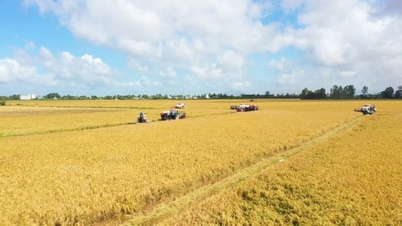



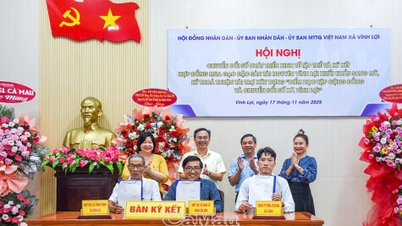

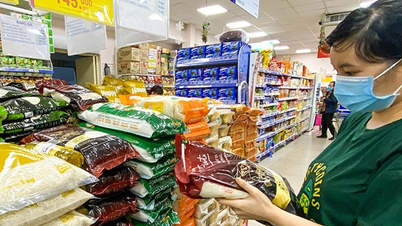



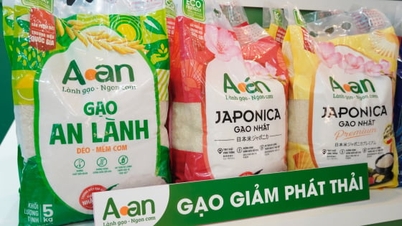

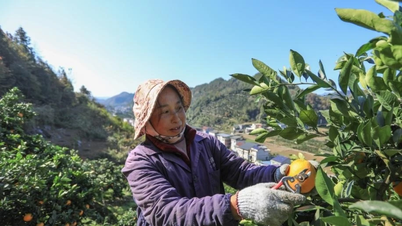








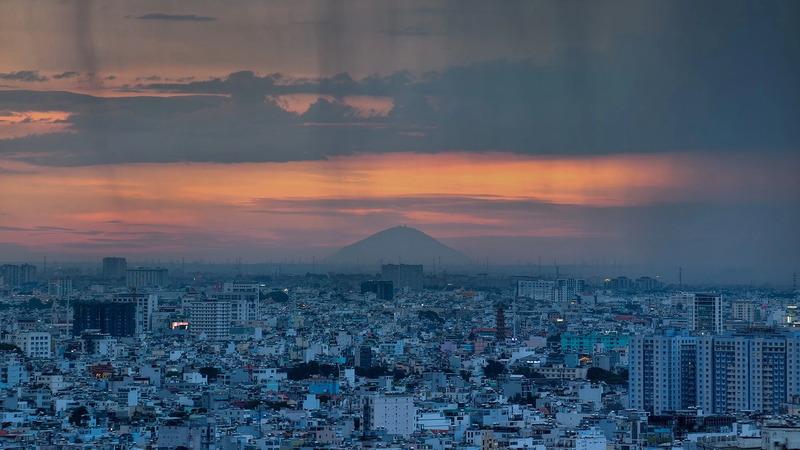



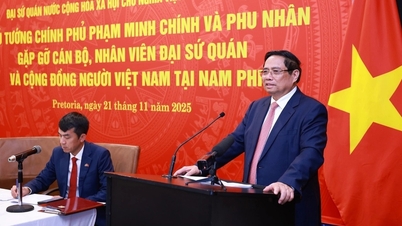
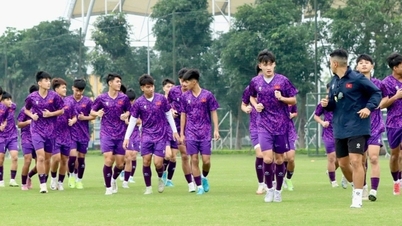
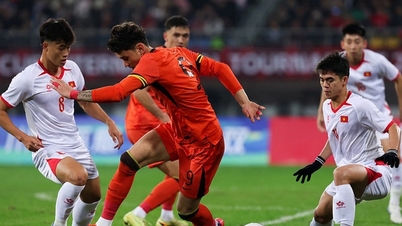
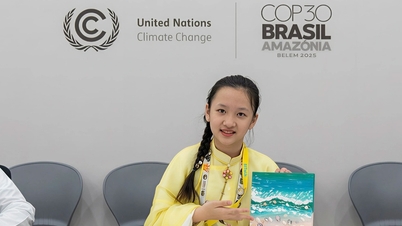
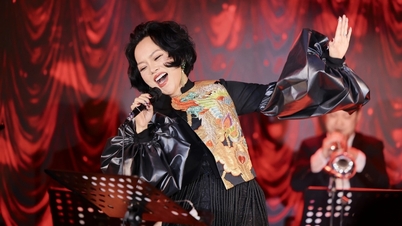
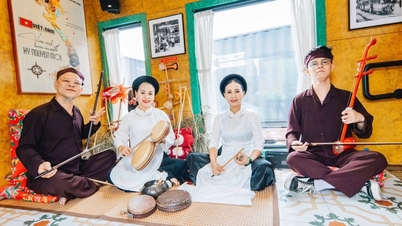
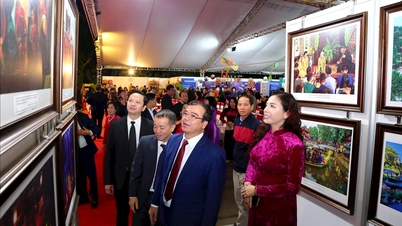



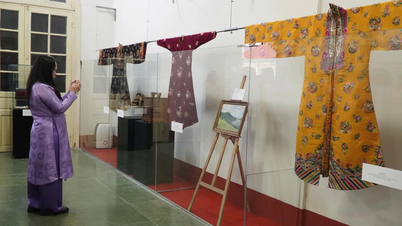
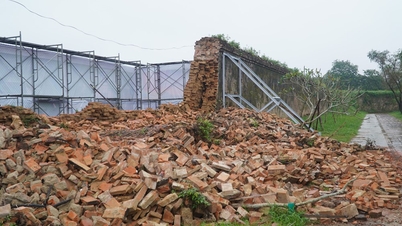

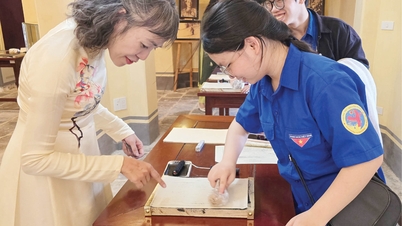







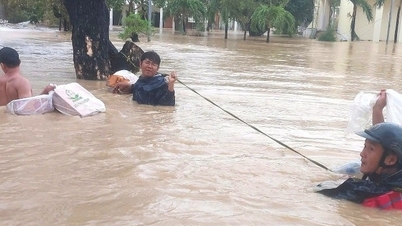


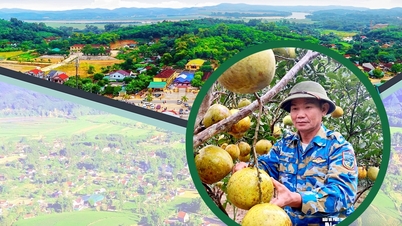
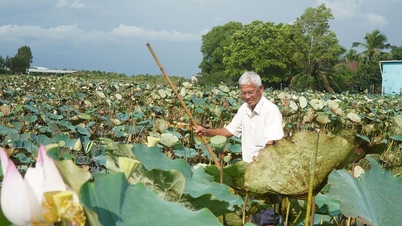

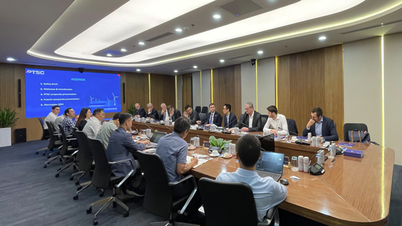

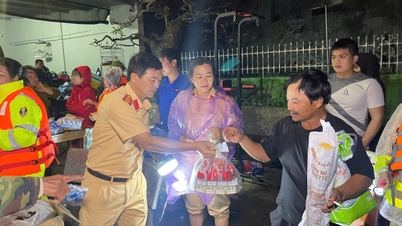


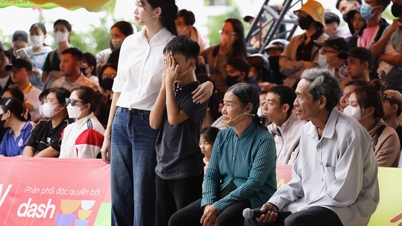



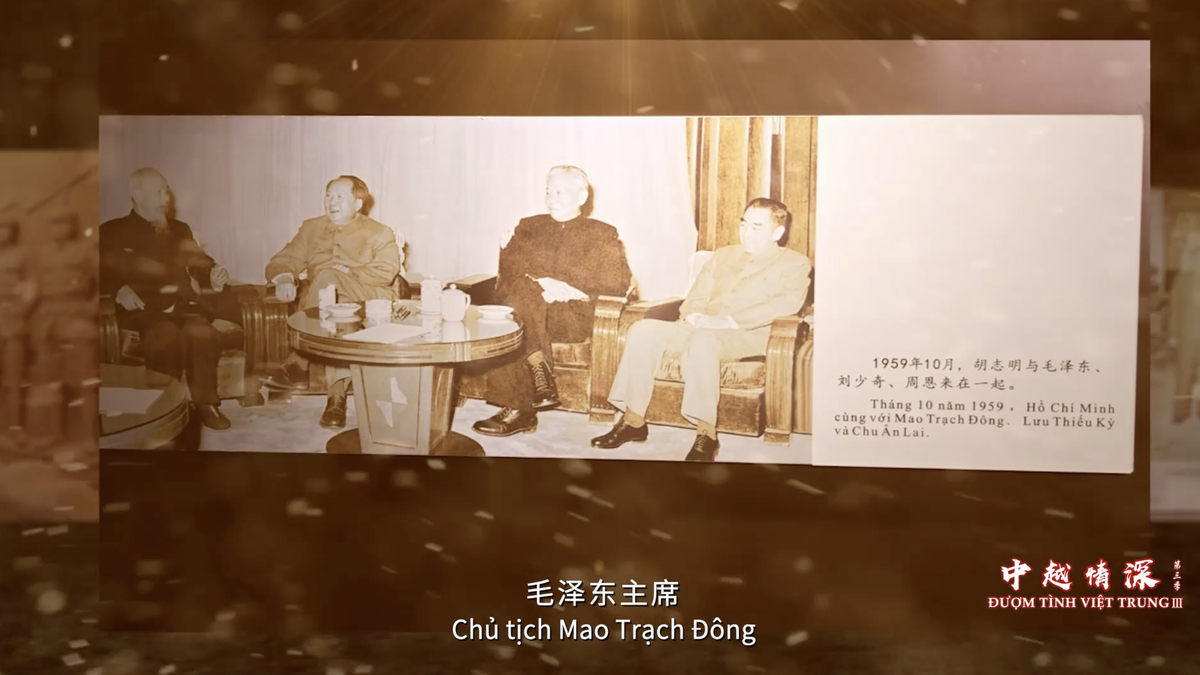
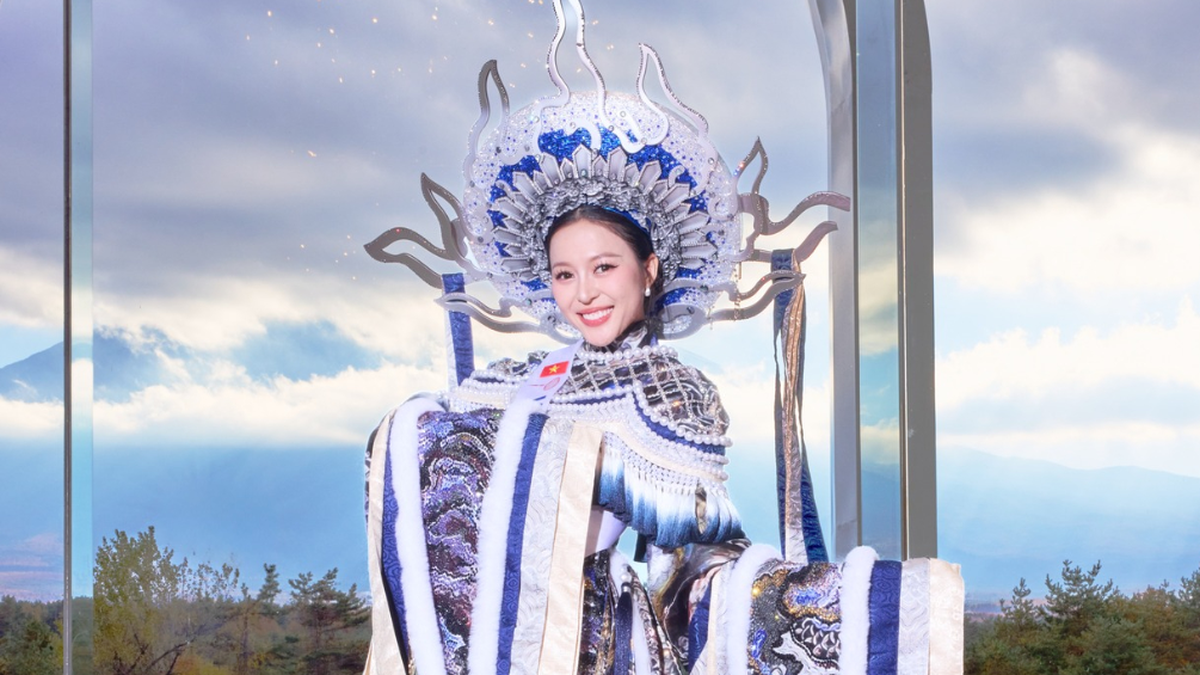
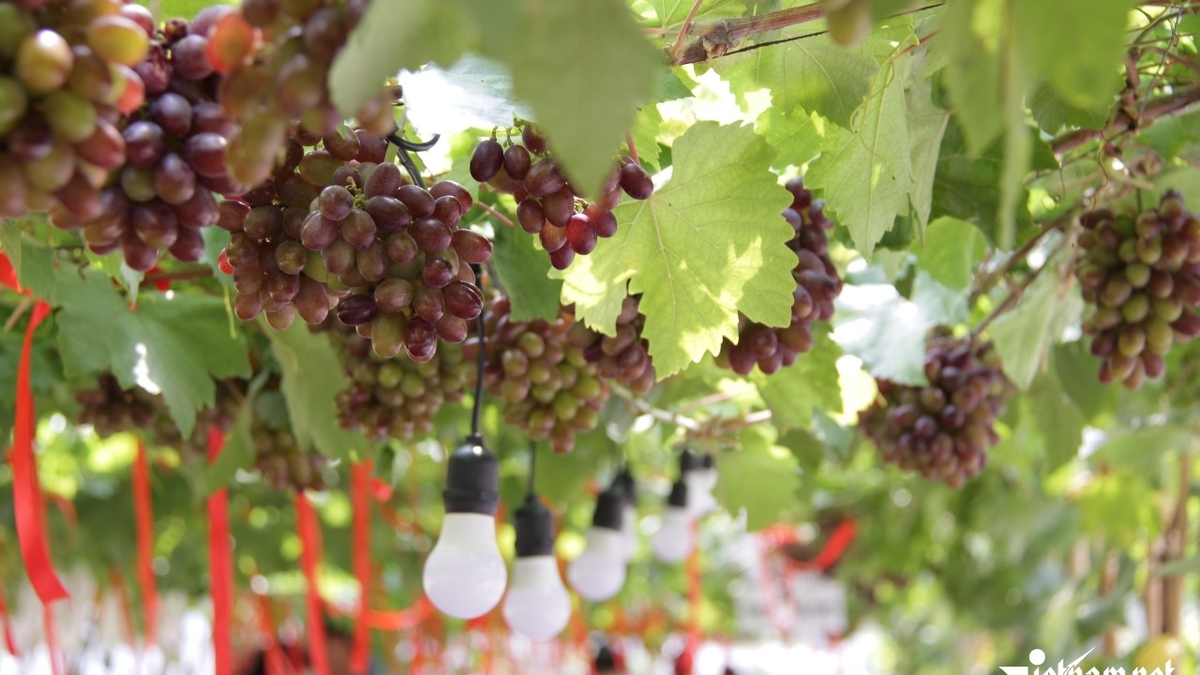
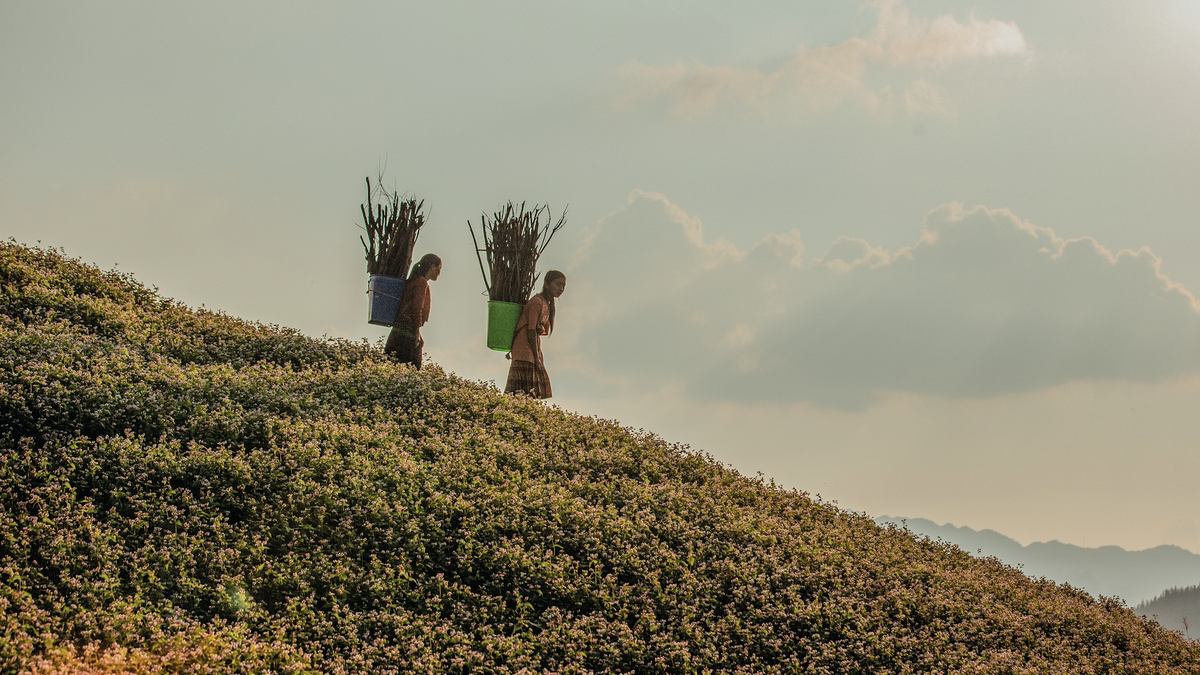

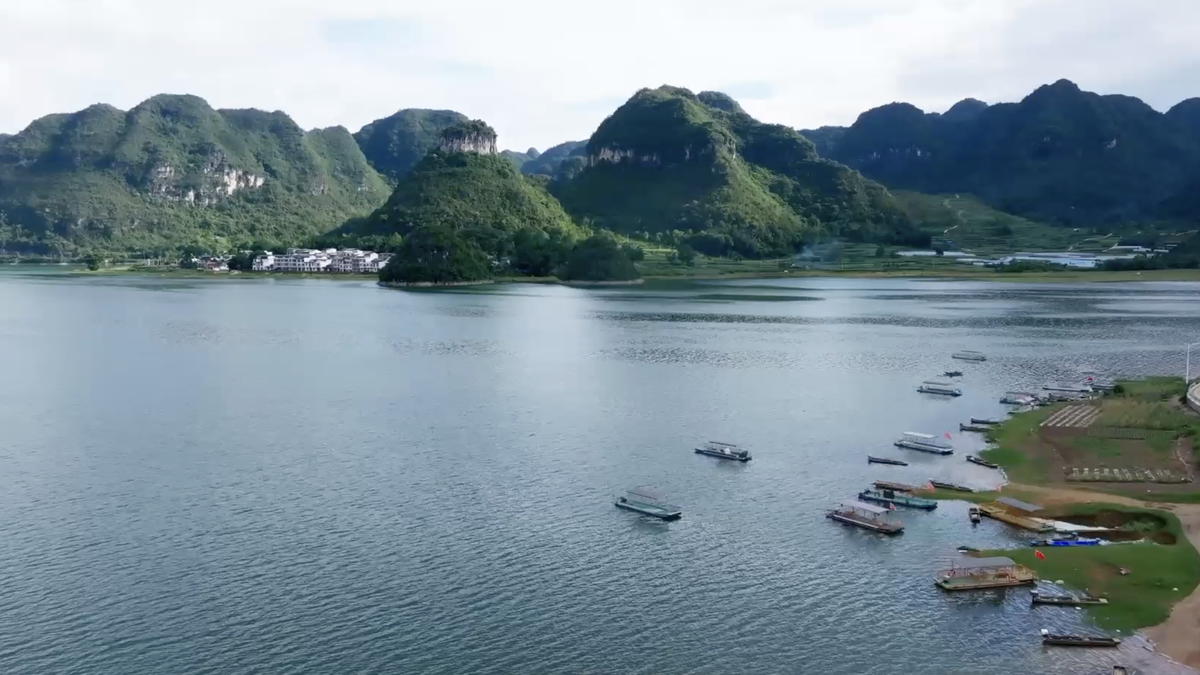

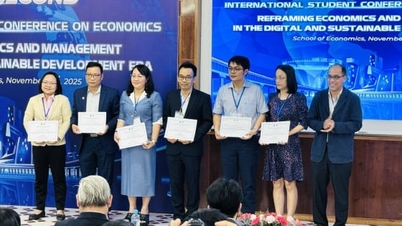


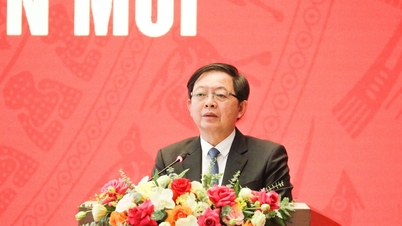


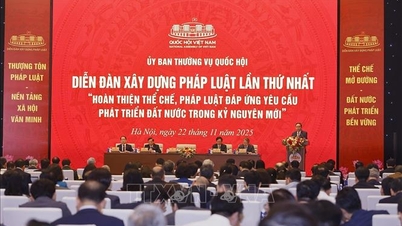



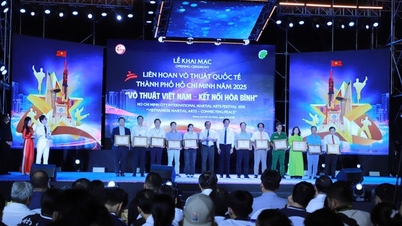

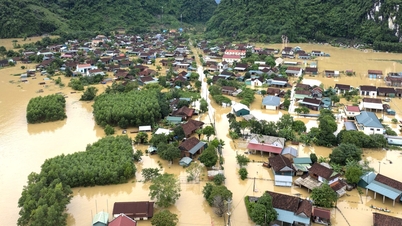
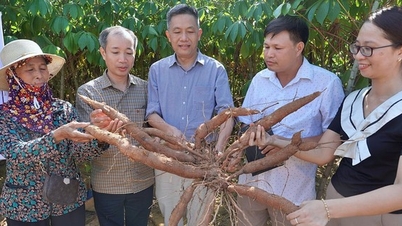


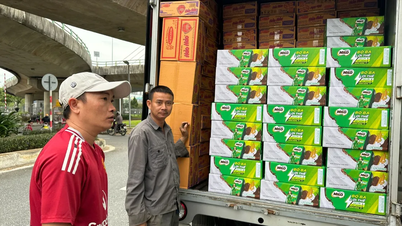
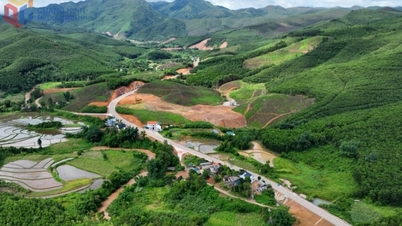

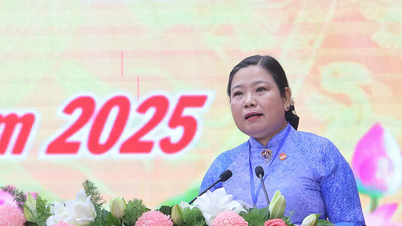
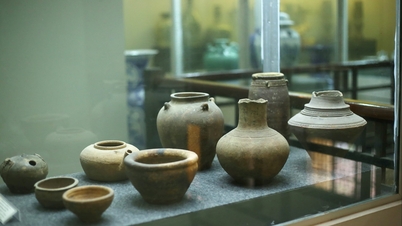


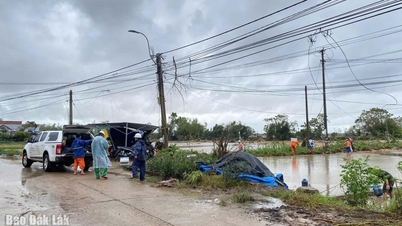


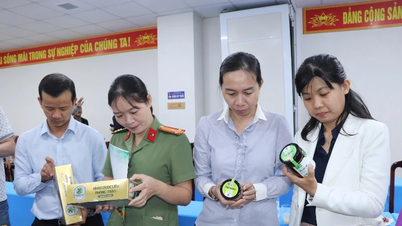

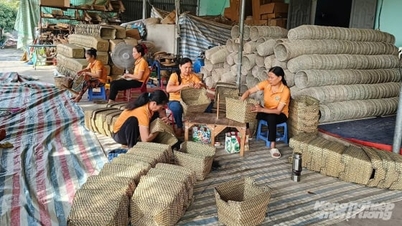
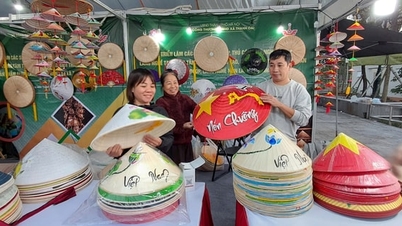
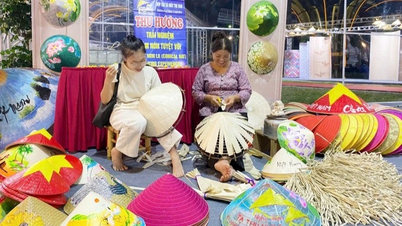





Comment (0)